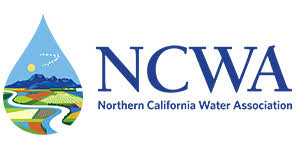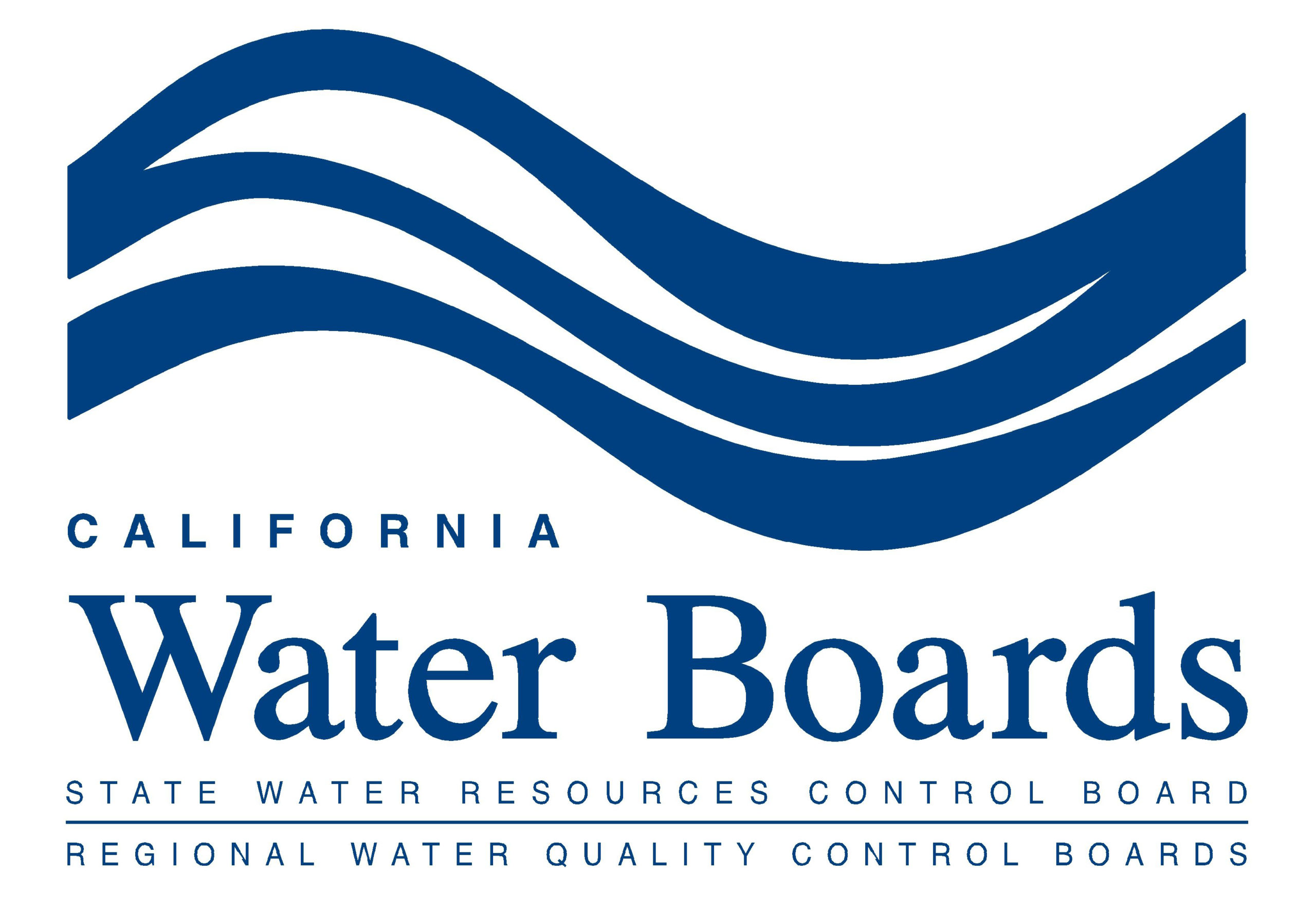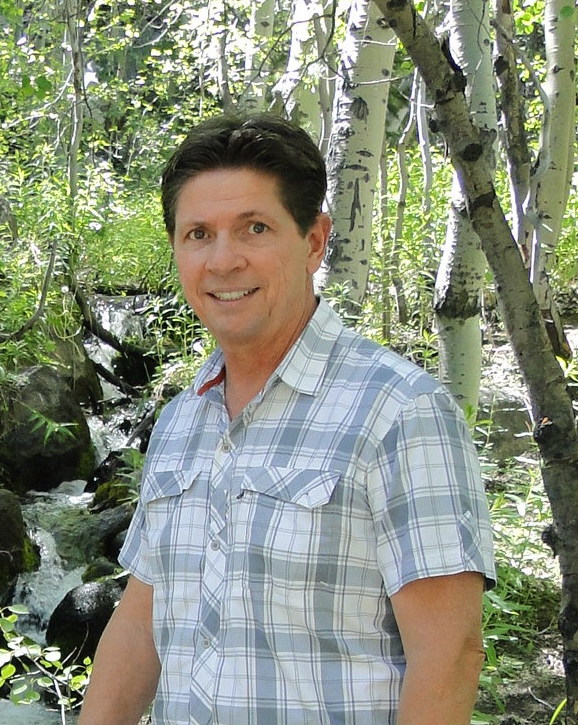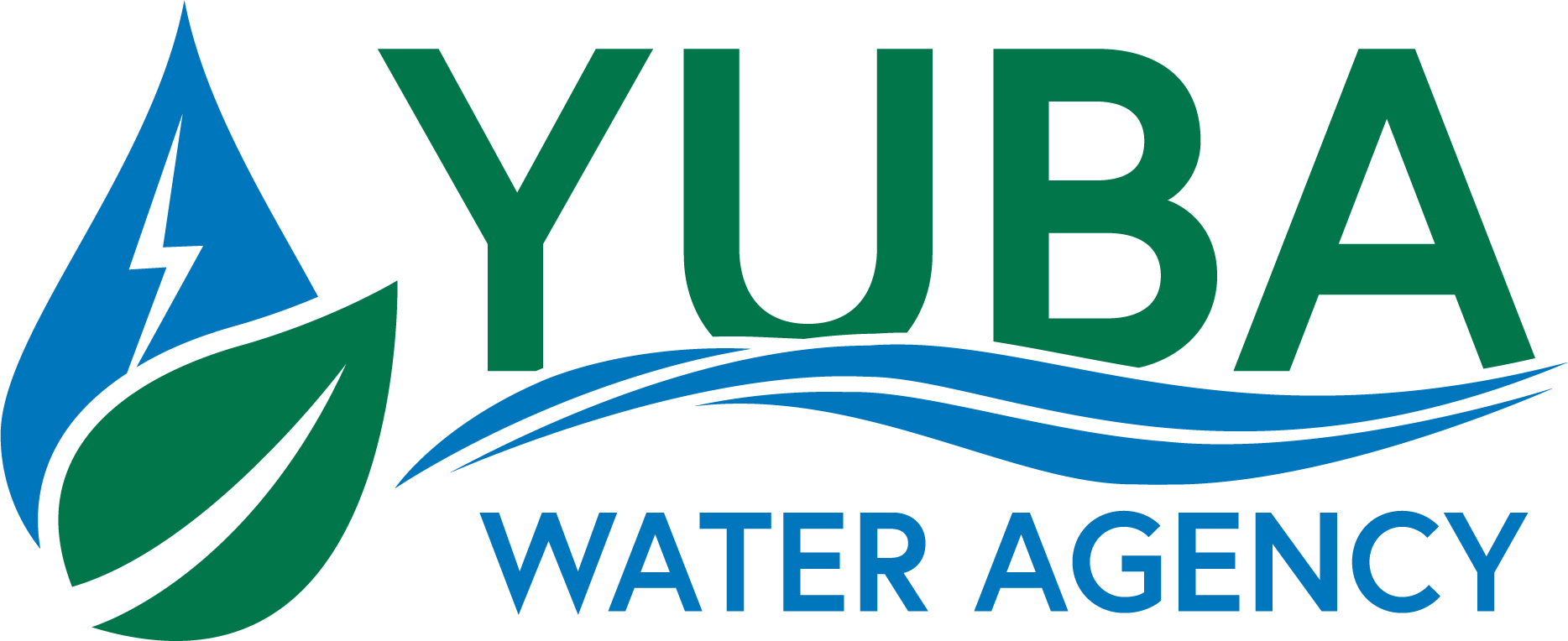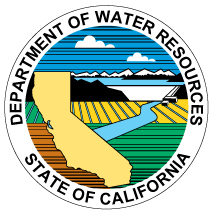Long-term Electricity Contract Benefits Placer and El Dorado County Residents and Businesses
 Placerville, Calif. — El Dorado Irrigation District (EID) and Pioneer Community Energy (Pioneer) signed a contract for Pioneer to receive electricity from an EID hydroelectric facility over the next 10 years. The contract represents a mutually beneficial arrangement that meets EID’s non-rate revenue goals through hydroelectric generation, while providing Pioneer with cost-effective, clean electricity for ratepayers in Placer and El Dorado Counties.
Placerville, Calif. — El Dorado Irrigation District (EID) and Pioneer Community Energy (Pioneer) signed a contract for Pioneer to receive electricity from an EID hydroelectric facility over the next 10 years. The contract represents a mutually beneficial arrangement that meets EID’s non-rate revenue goals through hydroelectric generation, while providing Pioneer with cost-effective, clean electricity for ratepayers in Placer and El Dorado Counties.
EID provides water service to approximately 42,748 residential, agricultural, commercial, and industrial accounts in the Western Slope of El Dorado County and also provides wastewater treatment, disposal, and reclamation services to approximately 24,165 residential, commercial and industrial accounts in the suburban areas of Cameron Park, Diamond Springs, El Dorado, El Dorado Hills and Shingle Springs.
As part of providing water service, EID owns and operates El Dorado Project 184, a federally licensed 21-megawatt hydroelectric power generation system. The system consists of five reservoirs with dams, including Echo Lake, Lake Aloha, Caples Lake, Silver Lake, and El Dorado Forebay, a 22-mile water conveyance system of flumes, canals, siphons, and tunnels, and the El Dorado Powerhouse. Project facilities are located east of Placerville in El Dorado, Alpine, and Amador counties. EID operates the hydroelectric facilities as a water supply project with the ancillary benefit of selling power generated from the powerhouse as a stable source of non-rate revenue that helps offset EID’s operational costs.
“Our aim in power contracting is to optimize power generation income while prioritizing drinking water supplies for our customers and community,” said EID General Manager Jim Abercrombie. “This contract allows us to do that, while also minimizing financial risks to the district.”
Pioneer Community Energy is a Community Choice Aggregator that began providing electricity to the communities of Auburn, Colfax, Lincoln, Loomis, Rocklin and unincorporated Placer County in 2018. Pioneer currently serves more than 93,500 residential and commercial accounts, and will be adding approximately 65,000 more accounts when El Dorado County and the City of Placerville join Pioneer in January 2022.
“When we created Pioneer, we made a commitment to support local economies through as many local investments as possible,” said Jim Holmes, Placer County Supervisor and Pioneer Board Chair. “Pioneer is thrilled to start the relationship with El Dorado and Placerville with a local power purchase. We look forward to investing in more local programs in the future.”
In addition to power procurement, Pioneer focuses upon local programs that meet local needs and priorities. Most recently, the Pioneer Board approved Green100, a 100% renewable electricity product, in response to customer requests for a cleaner power supply. Starting in June, Customers will be able to enroll in Green100 and pay less than 1 cent per kWh more for 100% renewable energy. Only customers who choose this product will pay for it.
For more information on Pioneer, visit www.PioneerCommunityEnergy.ca.gov.
EID Contact: Jesse Saich, (530) 642-4127, jsaich@eid.org
Pioneer Community Energy Contact: Alexia Retallack, (916) 758-8948
Click here to see the original News Release from El Dorado Irrigation District.

